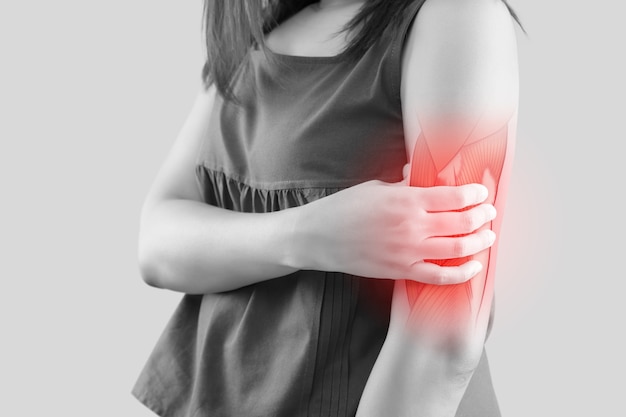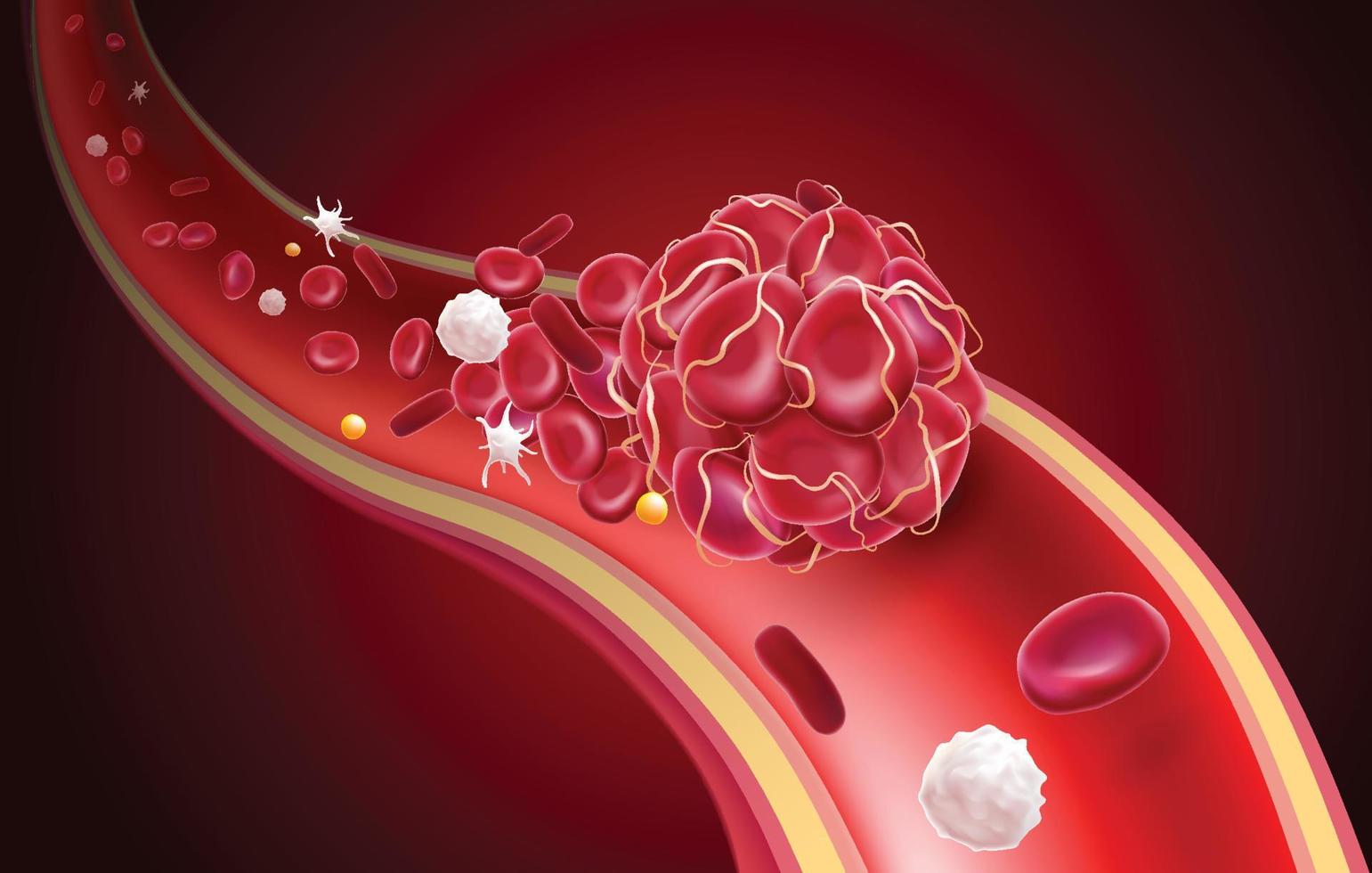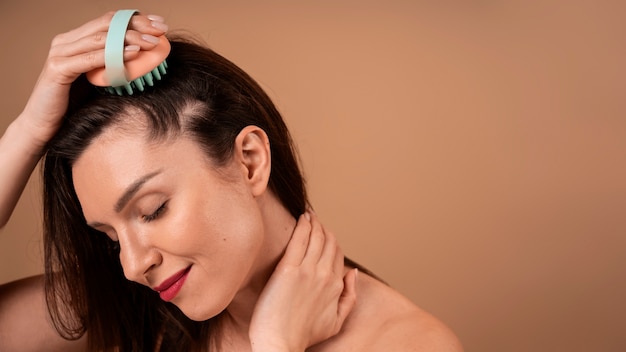Learn how to start taking cold showers safely and effectively with our comprehensive guide. Discover the benefits of cold showers, including improved circulation, increased alertness, and enhanced skin health. Follow our step-by-step instructions to ease into the practice and make the transition smoother. Get tips on how to adjust to the cold water, overcome initial discomfort, and incorporate cold showers into your daily routine. Improve your health and well-being with this simple yet powerful habit.
Health Benefits of Cold Showers
Cold showers and hot showers provide different experiences and benefits. Hot water can feel relaxing, but cold water has unique advantages. Cold water exposure can reduce muscle soreness and muscle fatigue after workouts. Cold showers can improve cardiovascular health by helping with high blood pressure and insulin resistance. Read more to discover the various ways cold showers can positively impact your health.
Reduces Muscle Soreness

Cold water helps to reduce muscle soreness after intense exercise. The cold constricts blood vessels, which helps to reduce inflammation and swelling in the muscles. This makes cold showers an effective method for post workout recovery.
Reminder: Use cold water for post workout recovery.
Improves Blood Flow

Taking a cold shower can improve blood flow by causing blood vessels to constrict and then expand. This process helps to flush out toxins and improve circulation throughout the body. Better blood flow can enhance overall cardiovascular health.
Reminder: Cold water hits the spot for better circulation.
Boosts Immune System

Cold showers can strengthen the immune system by increasing the production of white blood cells. The body responds to the cold by activating its defense mechanisms, leading to a more robust immune response. This can help you fight off illnesses more effectively.
Reminder: Boost your immune system with cold water.
Enhances Skin and Hair Health

Cold water helps to keep skin and hair healthy by tightening pores and cuticles. This reduces the loss of natural oils and prevents the skin and hair from becoming dry. As a result, your skin looks smoother and your hair looks shinier.
Reminder: Cold showers benefit your skin and hair.
Increases Alertness

Taking a cold shower increases alertness by triggering a deep breath response. The shock of the cold water increases oxygen intake and heart rate, waking you up quickly. This can help you feel more energized and ready for the day.
Reminder: Wake up your senses with cold water.
Aids in Post Workout Recovery

Cold showers help reduce inflammation and speed up recovery after a workout. The cold water numbs the affected muscles, reducing pain and discomfort. This can help you get back to your fitness routine more quickly.
Reminder: Recover faster with a cold shower.
May Promote Weight Loss

Cold temperatures can activate brown adipose tissue, which burns calories to produce heat. This type of fat helps regulate body temperature and can increase overall calorie expenditure. Incorporating cold showers into your routine may support your weight loss goals.
Reminder: Cold water might help with weight loss.
Relieves Itchy Skin

Cold showers can relieve itchy skin and prevent itchy welts. The cold water numbs the skin and reduces the sensation of itching. This can be particularly beneficial for people with skin conditions like eczema.
Reminder: Soothe itchy skin with cold water.
Improves Mental Health

Cold showers may help reduce symptoms of depression by sending electrical impulses to the brain. The cold water stimulates the production of mood-boosting chemicals like endorphins. This can help improve your overall mental well-being.
Reminder: Lift your mood with cold showers.
Enhances Willpower

Taking a cold shower requires mental strength, which can build willpower over time. Consistently enduring the discomfort of cold water can improve your resilience and self-discipline. This mental toughness can translate to other areas of your life.
Reminder: Strengthen your willpower with cold showers.
Safety Precautions When Taking Cold Showers
Learn essential safety precautions for taking cold showers. Discover tips to avoid shock, regulate temperature, and ensure a safe and healthy experience.
Consult a Doctor:
Cold water can shock your system. It is important to consult a doctor before taking cold showers, especially if you have underlying health conditions. Cold water immersion should be approached with medical advice to avoid any adverse reactions.
Be Mindful of Health Conditions:
Cold exposure might not be suitable for everyone. People with certain health conditions should consult a doctor before taking cold showers. Research shows that cold showers may impact blood pressure, so it is important to take precautions.
Avoid Overexposure:
Prolonged cold exposure can be harmful. Limit your time under cold water to avoid potential issues. Ice baths and other forms of cold water immersion should also be used cautiously. Cold showers may be beneficial, but more research is needed to understand all the effects.
Guidelines in Taking a Cold Shower
Here are the essential guidelines for taking cold showers, including tips on duration, water temperature, and health considerations to avoid risks and ensure a safe experience.
Start Slowly
When starting to take a cold shower, begin with warm water. Gradually lower the water temperature. This helps your body adjust to the cold temperature. Sudden exposure can be shocking to your system.
- Begin with Warm Water: Start with a comfortable warm temperature. This helps your body get used to the water. Warm water relaxes your muscles and prepares your body for the temperature change.
- Lower the Temperature Gradually: Slowly turn the dial to make the water cooler. Do this over a few minutes rather than all at once. Gradual changes allow your body to adapt without causing stress or shock.
- Monitor Your Body’s Reaction: Pay attention to how your body responds. If you feel too cold, stop lowering the temperature. Listen to your body’s signals to avoid discomfort or health issues.
- Avoid Sudden Changes: Sudden cold can cause a shock to your system. Gradual changes help avoid this. Start with lukewarm water and decrease the temperature slowly to make the transition smoother.
- End with Cold Water: Try to spend the last few minutes under cold water. This helps your body finish adjusting. Ending with cold water can also boost your alertness and energy levels.
Set a Time Limit
Limit your cold shower to 5-10 minutes. Extended exposure to ice-cold water can be harmful. Keep it short to avoid risks. This helps prevent overexposure and potential health issues.
Breathe Deeply
Take deep breaths when under the cold water. Deep breaths help you stay calm and control your body’s response. Shallow breaths can make the experience more difficult. This practice can enhance your mental resilience.
- Focus on Breathing: As soon as you feel the cold, start focusing on your breathing. Your immediate reaction might be to gasp or breathe rapidly due to the shock. Instead, concentrate on your breath and make a conscious effort to control it. This focus will help you manage the initial shock of the cold water.
- Take Deep Breaths: Inhale deeply through your nose and exhale slowly through your mouth. This type of breathing, known as diaphragmatic breathing, helps manage the cold shock. Deep breaths allow more oxygen to enter your lungs and distribute it throughout your body, helping to calm your nervous system. Practice taking deep, steady breaths, filling your lungs completely before exhaling slowly and fully.
- Stay Calm: Keeping a steady breathing pattern helps you stay calm. When you first feel the cold, your body’s natural response is to panic and breathe quickly. However, rapid, shallow breaths can increase discomfort and make it harder to endure the cold. By maintaining a steady, controlled breathing pattern, you can keep your heart rate steady and reduce the feeling of cold shock. This calm state allows your body to adapt more quickly to the cold water.
- Practice Regularly: The more you practice deep breathing during cold showers, the easier it becomes. Regular practice helps your body become more accustomed to the cold and improves your ability to handle it. Over time, this practice also helps improve your overall lung capacity and resilience. Regular exposure and controlled breathing train your body to react less intensely to cold, making each subsequent shower more manageable. Additionally, practicing deep breathing outside of the shower can further enhance your ability to stay calm and focused under stress.
Alternate Temperatures
Try switching between hot showers and cold showers. This method, known as contrast showers, can improve circulation. Research shows it may also help relieve pain. Alternating temperatures can also boost your immune system.
Use Cold Therapy
Incorporate cold showers into your daily routine. Cold therapy, like ice baths, can complement traditional treatments. This can aid in managing conditions like cold urticaria. Regular use can enhance your overall health.
Stay Positive
Practice positive self-talk during your cold shower. Remind yourself why you are doing it. Staying calm and focused can make the process easier. Encouragement can help maintain your commitment.
Check Water Temperature
Always check the water temperature before starting. Make sure it is not too cold to avoid shock. Aim for a temperature that is challenging but safe. Proper preparation prevents potential health risks.
Pay Attention to Your Body
Listen to your body while taking a cold shower. If you feel dizzy or extremely uncomfortable, stop immediately. Your body will gradually adjust over time. Monitoring your body’s signals is crucial for safety.
Incorporate into Daily Routine
Make cold showers a part of your daily routine. Consistency helps your body get used to the cold. It can lead to improved circulation and energy levels. Routine can strengthen your body’s adaptation.
Consult a Doctor
Talk to a doctor before starting cold showers if you have heart disease. Some people may not handle cold therapy well. Professional advice ensures safety and good health. Medical guidance can prevent adverse effects.
The Science Behind Cold Showers
Cold showers can activate brown fat in the body. Unlike white fat, which stores energy, brown fat burns calories to generate heat. This process can help you lose weight and improve your metabolism. Studies show that exposure to cold water can increase brown fat activity, leading to greater energy expenditure.
Cold showers also impact the circulatory system. Cold water tightens blood vessels, which improves blood flow. This can help reduce inflammation and enhance overall circulation. Electrical impulses from cold water can stimulate the nervous system, leading to improved mood and alertness.
Alternatives to Cold Showers
Hot showers can be a great alternative to cold water therapy. Some people find cold showers hard to endure. A hot shower can help you relax and feel comfortable. It can also improve blood circulation and give your skin a healthy glow. Health professionals often recommend hot showers for people with cardiovascular disease. The warmth helps to ease tension and improve overall well-being. While the purported benefits of cold water therapy are many, a hot shower offers a more pleasant experience for many people.
Another option is taking a warm shower. Warm water can help the body adjust slowly without the shock of cold water. Warm showers can still provide many benefits such as relaxation and improved circulation. It is important to listen to your body and consult with a health professional. Not everyone responds well to cold showers. A control group in studies often shows varied results. Therefore, it is wise to avoid taking cold showers if you feel uncomfortable. A warm shower can be a safer and more enjoyable alternative for many people.
Ready to Dive In? Start Your Cold Shower Journey Today!
Incorporating cold showers into your routine can offer potential benefits. Start by alternating between hot and cold showers to adjust your body gradually. Use other forms of cold exposure, like cold packs, to build tolerance.
Regular practice can lead to improving circulation and boosting your metabolism. Over time, you will become more comfortable with the cold water. Embrace the challenge and enjoy the health benefits.
